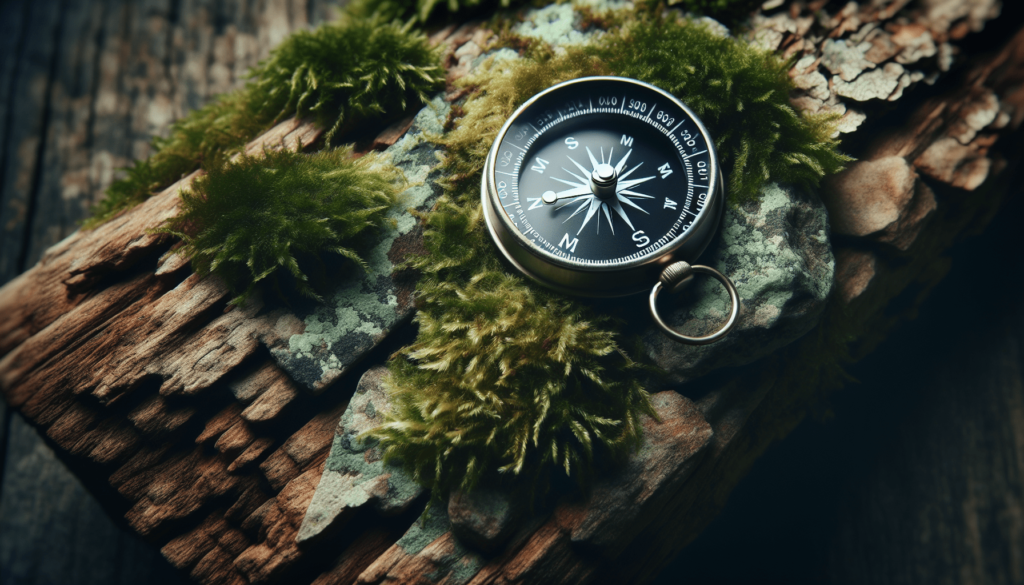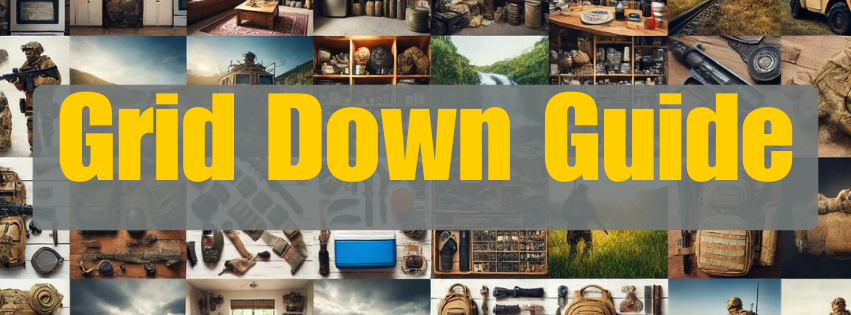
What is the first thing you should do in a survival situation? That’s the kind of question that can send shivers down your spine, right? Whether it’s an unexpected wilderness adventure gone wrong or a more urban emergency scenario, knowing what to do first can mean the difference between getting out unscathed or facing serious peril.

Understanding Your Situation: The Calm Before the Storm
First and foremost, staying calm can’t be overstated. We might find ourselves flooded with adrenaline, but remaining level-headed allows us to think clearly. Panicking can lead to poor decisions, and in a survival situation, each choice we make carries significant weight.
Assessing Your Environment: What’s Around Us?
Once we’ve got a grip on our initial panic, we need to assess our environment. Are we lost deep in the woods, trapped in a building, or stuck on a deserted island? Knowing our exact situation helps in determining the best course of action. Orientation points, like the position of the sun, landmarks, or even traffic patterns if we’re in an urban setting, can help us understand our surroundings better.
Using Nature’s Clues
Nature offers numerous hints if we know what to look for. For example, moss typically grows on the north side of trees (in the Northern Hemisphere). Rivers and streams almost always lead to larger bodies of water or civilization.
Immediate Needs: The Rule of Threes
A handy guide in assessing our priorities is known as the “Rule of Threes.” It states we can survive:
- Three minutes without air.
- Three hours without shelter in harsh conditions.
- Three days without water.
- Three weeks without food.
This simple rule helps us prioritize our efforts quickly.
Air: The Universal Priority
If our situation involves limited access to air—such as being trapped under debris in an earthquake—we need to concentrate all our efforts on ensuring adequate airflow. This might involve creating a makeshift breathing space or signaling for immediate help.
Shelter: Your Immediate Climate Control
If we’re exposed to severe weather, finding or creating shelter is our next priority. Hypothermia or heat stroke can set in quickly, sometimes even faster than dehydration. Utilizing natural formations like caves, or forest materials to build a lean-to, can shield us from the elements.
Water: Finding Nature’s Hydration Points
Water is essential, and finding a reliable source should be at the top of our list. Clear-running water sources are preferable. If none are visible, we can look for animal tracks or vegetation, as they often lead to water. Should we have means to sterilize water—like purification tablets or boiling—we must use them to avoid ingesting harmful bacteria or parasites.
Orienteering: Knowing Where to Go and How to Get There
Understanding our current location and plotting a course of action is important. Compass use is ideal, but in its absence, the sun, stars, and even makeshift tools like a shadow stick can assist us.
Making a Shadow Stick
To create a shadow stick, place a stick vertically into the ground and mark the shadow’s tip. Wait 15 minutes and mark the new position of the shadow tip. A line drawn between the two marks will give us an east-west orientation. The first marker signifies west, and the second marker indicates east.
Building a Fire: The Swiss Army Tool of Survival
Fire provides warmth, protection, and a method to cook food and purify water. To start one, we’ll need to gather tinder (dry leaves, wood shavings), kindling (small twigs), and fuel (larger logs).
Basic Fire-Building Techniques
One effective fire-building method involves creating a teepee structure. Setting up the tinder at the center, lean the kindling around it in a geometric form, and finally surround the structure with larger logs. Igniting the tinder first will then spread the flames to the kindling and larger logs, effectively sustaining the fire.

Signaling for Help: Making Ourselves Seen and Heard
If we’re lost or in immediate need of rescue, signaling is crucial. This can be achieved through various means:
- Fire Signals: Three fires in a triangular formation are recognized internationally as a distress signal.
- Auditory Signals: Whistles or even tapping out Morse code (SOS: … — …) can alert search parties.
- Visual Signals: Using mirrors or metallic objects to reflect sunlight, brightly colored clothing, or creating large ground symbols that can be seen from the air are effective.
Food Foraging: The Last Priority
While we can survive quite a while without food, it’s still important for energy and morale. Foraging for edible plants, fishing, or trapping small game can sustain us. However, knowledge of edible vs. poisonous resources is critical. When in doubt, following animals’ eating habits can show what’s safe to consume.
Mental Resilience: The Unsung Hero
Our mindset plays an integral role in survival. Maintaining a positive outlook and setting small, achievable goals can keep us from succumbing to despair. Stress management techniques, such as deep breathing and breaking tasks into manageable pieces, can make our situation feel less insurmountable.
Building Routine
Establishing a daily routine—collecting firewood in the morning, setting traps, or searching for edible plants—gives our days structure and focus, which can be psychologically grounding.
Common Pitfalls: Learning from Mistakes
Numerous survival stories impart valuable lessons on what not to do:
- Overexertion: Burning too many calories or neglecting to drink water can lead to quick depletion of energy.
- Ignoring Injury: Even minor injuries can become serious if untreated. Prioritizing first aid and hygiene helps prevent infections.
- Wandering Aimlessly: Walking without a clear plan can lead to becoming more lost or separated from known rescue points.
Essential Tools: Pack Wisely
Having a well-packed emergency kit can vastly improve our survival odds. Here are items to consider:
- Navigation Tools: Compass, maps.
- Hydration Gear: Water purification tablets, portable filters.
- Fire Starters: Matches, lighters, magnesium flint.
- First Aid Supplies: Bandages, antiseptics, medications.
- Multi-Tool: Swiss Army knife or similar.
- Shelter Materials: Mylar blankets, tarps.
- Signaling Devices: Whistles, mirrors.
- Food Supplies: High-energy snacks, fishing line, hooks.
Training and Preparation: The Best Defense
The ultimate key to survival is preparedness. Engaging in regular drills, attending survival courses, and continually educating ourselves on new techniques can make a real difference. By making these practices second nature, we drastically improve our chances when faced with a true survival situation.
Real-Life Scenarios: Practical Applications
Let’s consider a couple of hypothetical but common scenarios where these principles apply:
Scenario 1: Lost in the Forest
Imagine we’re on a day hike, and suddenly we realize we’re off the trail. The sun is setting, and the temperature is dropping.
- Stay Calm: Panic leads to poor decisions.
- Assess Environment: Locate landmarks, note the trail direction.
- Apply Rule of Threes: Focus on shelter due to impending cold.
- Build Shelter: Use available materials to create a lean-to.
- Signal for Help: Use a whistle or create large ground symbols.
- Orienteering: Use natural elements to guide us back if safe.
Scenario 2: Earthquake Traps Us in Urban Rubble
We’re inside a building when an earthquake hits, leaving us trapped under debris.
- Ensure Breathing: Create space if needed for airflow.
- Stay Calm: Assess injuries and any immediate dangers.
- Signal for Rescue: Tap or use a whistle to alert rescuers.
- Conserve Energy: Move as little as necessary to avoid further injury.
Final Thoughts: Our Comprehensive Survival Guide
Survival situations are rarely planned and often arrive without warning. By staying calm, prioritizing our needs, and using the environment wisely, we can dramatically increase our chances of making it through safely.
Our ability to remain resourceful, resilient, and prepared cannot be underestimated. With practical knowledge and a clear head, we can navigate the treacherous waters of survival situations effectively. Life is unpredictable, but armed with these strategies, we can face these challenges with confidence and hope.
